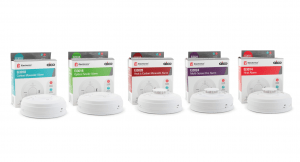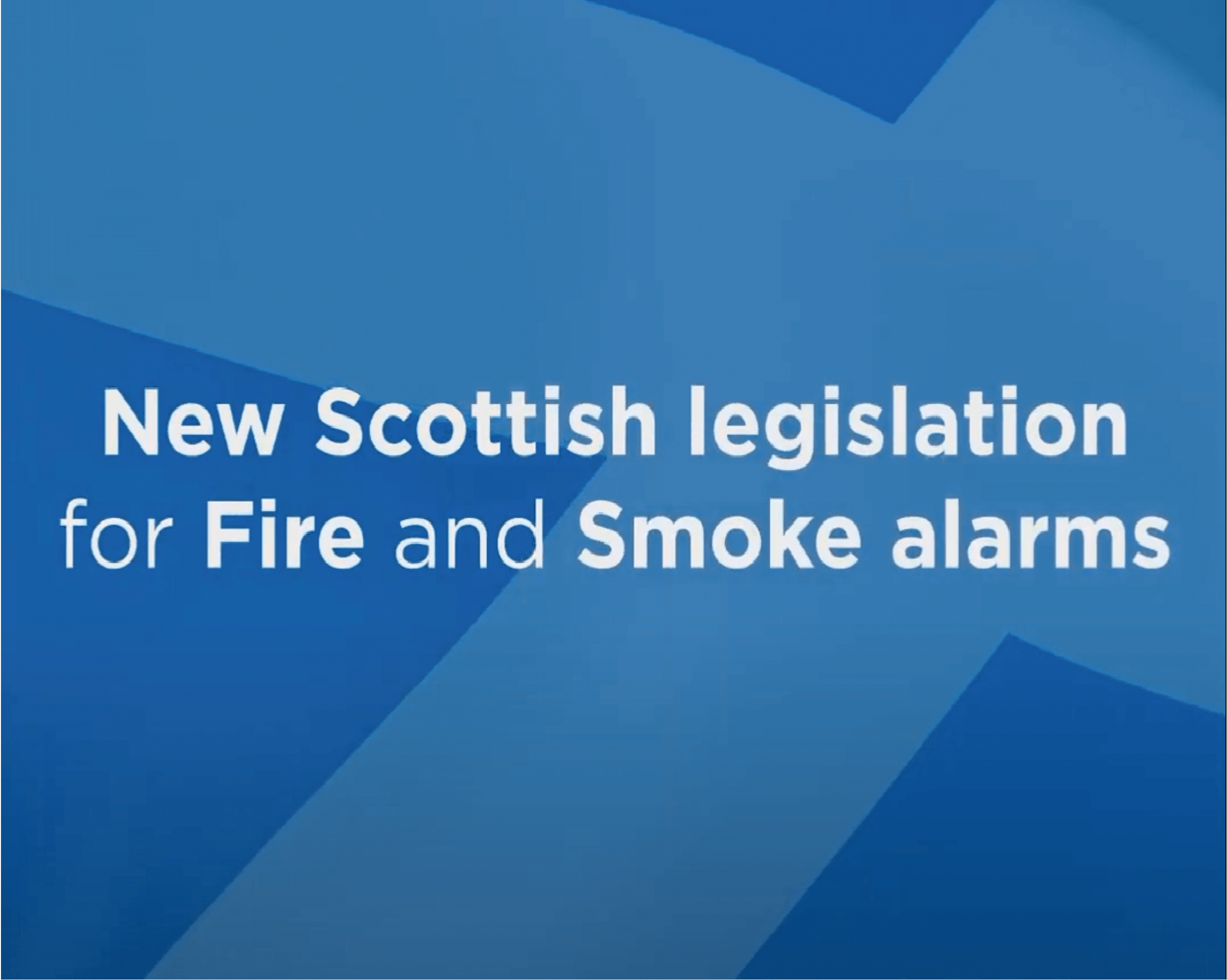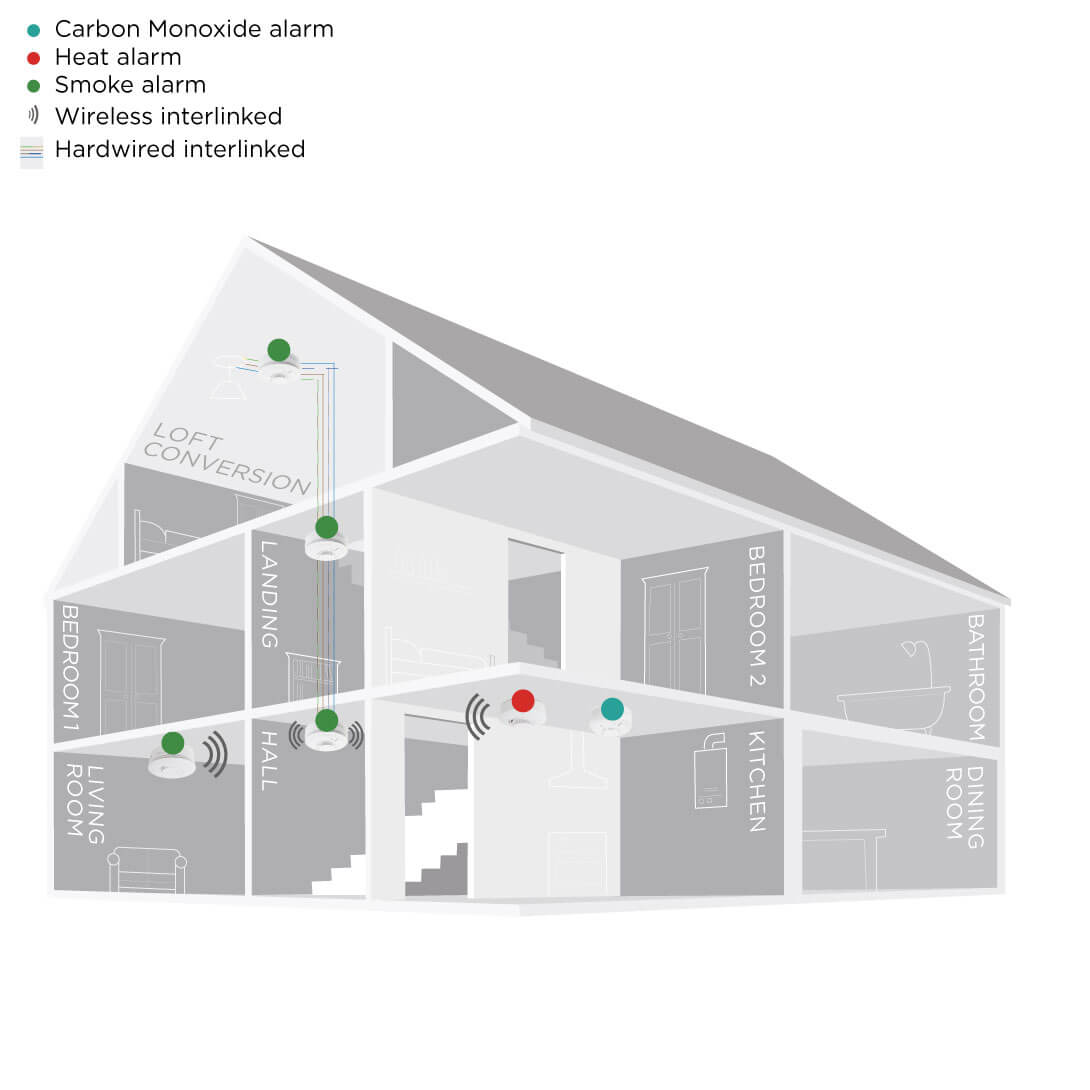
Scottish Legislation
New Scottish legislation for Fire and Smoke alarms – Are you protected?
Scottish legislation has changed. Introduced in February 2019, the change applies to all households in Scotland and must be met by February 2022. The new Scottish legislation states that an interlinked Fire and Smoke alarm system must be fitted in a property and that there should be adequate Carbon Monoxide protection.






